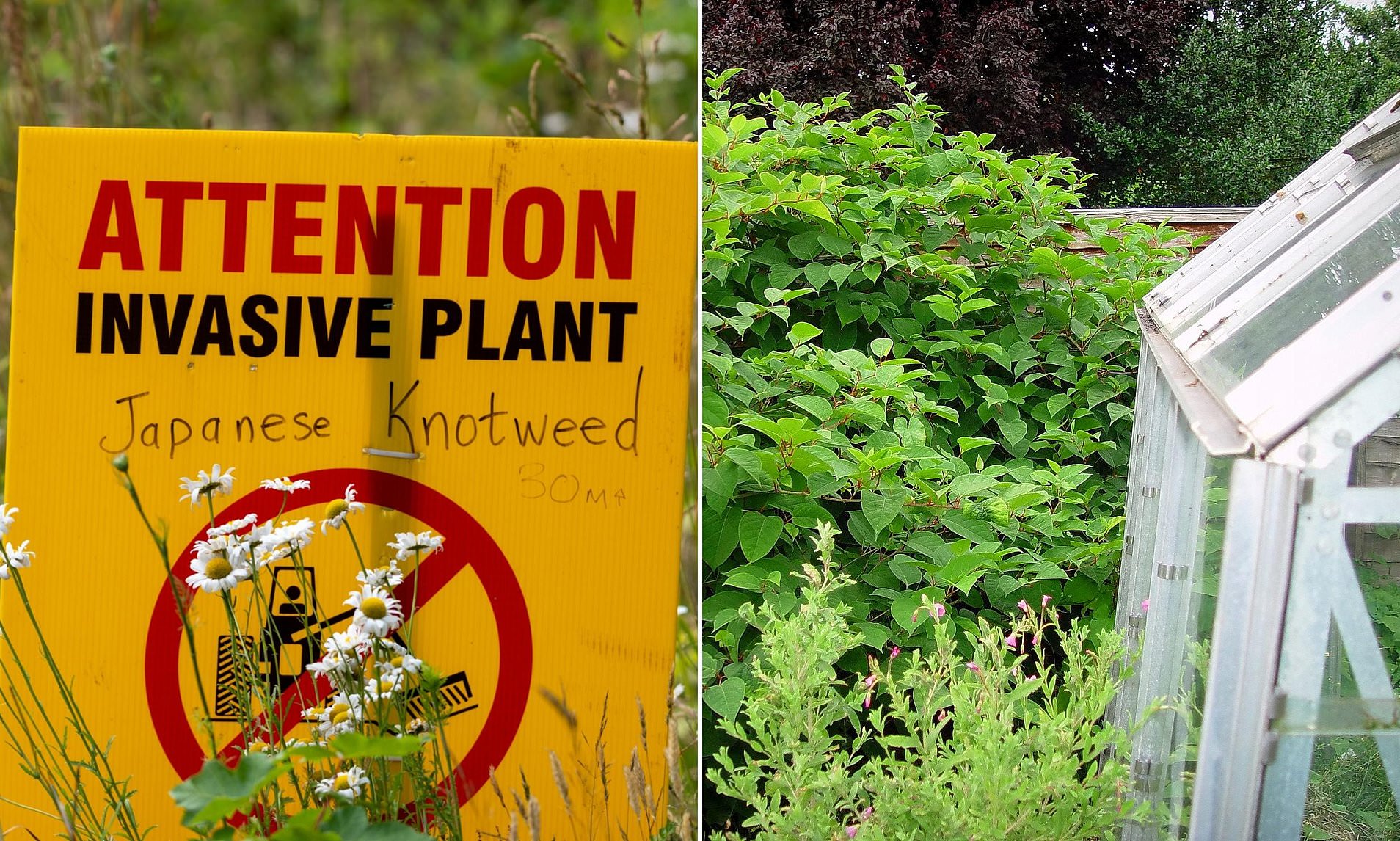The Rise of Japanese Knotweed in England
New data from Environet has revealed that Bristol is the leading area for Japanese knotweed sightings in England. In the past year, there have been 1,440 reported instances of this invasive plant in the city. This high number places Bristol at the top of the list, with a density of 33.91 sightings per square mile.
Merseyside follows closely behind, with 2,963 recorded sightings. However, the area is less densely populated than Bristol, resulting in 11.87 incidents per square mile. This highlights how the spread of Japanese knotweed can vary significantly across different regions.
Greater London ranks as the third most affected area, with 4,687 sightings and 7.74 incidents per square mile. Lancashire comes in fourth with an impressive 8,612 sightings, translating to 7.25 incidents per square mile. Meanwhile, Greater Manchester also faces a significant challenge, with 3,558 reports and 7.22 occurrences per square mile.
Beyond these major cities, other areas such as the Isle of Man, Channel Islands, Isle of Wight, Derbyshire, Nottingham, West Midlands, and Surrey are also on the radar. These locations have seen notable numbers of Japanese knotweed sightings, indicating that the problem is widespread across the country.
Understanding Japanese Knotweed
Japanese knotweed is a persistent, clump-forming herbaceous perennial that was originally introduced to Britain as an ornamental garden plant. It has since become an invasive weed, subject to legal control measures due to its rapid spread and potential damage.
The plant first arrived in Britain during the Victorian era, delivered in a box of plant specimens to Kew Gardens. Gardeners and horticulturalists at the time were unaware of its invasive nature and quickly adopted it for their gardens. Over time, it has spread widely, with an average of 1.1 occurrences per square mile in England and 3.9 in Wales, according to Environet.
Japanese knotweed thrives in various soil conditions, especially in man-made habitats like roadsides, waste ground, railway embankments, and spoil tips. It is also commonly found along rivers and streams, further contributing to its spread.
Why Is Japanese Knotweed Common in Areas Like Bristol?
According to Emily Grant, a director at Environet, the prevalence of Japanese knotweed near ports such as Bristol, Liverpool, and Cardiff is likely due to historical trading practices. Ships returning from around the world often carried ballast, which sometimes included soil containing non-native plants like knotweed.
This soil was dumped to make room for the next cargo, allowing the plant to take hold. Additionally, it may have been planted deliberately to stabilise railway embankments and slag heaps. In industrial areas like Manchester, Lancashire, and the Midlands, soil movement from mining and construction activities accelerated the spread of Japanese knotweed.
How to Identify Japanese Knotweed
Japanese knotweed typically emerges in early spring, growing into lush green shrubs with pink-flecked stems, heart-shaped leaves, and bamboo-like canes. By August, it starts flowering with small creamy-white blooms that hang in tassels.
This plant can cause serious issues for homeowners due to its underground rhizomes, which can grow up to three metres deep and spread up to seven metres horizontally. These rhizomes can emerge through cracks in concrete, tarmac driveways, pathways, drains, and cavity walls.
While serious property damage is rare, mortgage lenders require knotweed to be addressed when selling a property, which can lead to legal disputes between neighbours and reduce property value. Environet estimates that the presence of Japanese knotweed can lower a property’s value by 5%, though this varies depending on the scale of the infestation.
A 2023 report by the Department for Environment, Food & Rural Affairs estimated the annual cost of tackling knotweed at nearly £250 million.
What to Do If You Suspect Japanese Knotweed
The government advises that you must stop Japanese knotweed on your land from spreading beyond your property. Contaminated soil or plant material can cause ecological damage and may be classified as controlled waste.
Although there is no legal requirement to remove Japanese knotweed unless it is causing a nuisance, you can be prosecuted for allowing it to spread into the wild. If you notice knotweed on your property, it is best to act quickly, as the longer it grows, the more expensive it becomes to remove.
You will not be able to sell your property until any Japanese knotweed is professionally dealt with, and you could face legal claims from neighbours if it spreads. A treatment plan involving herbicide, removal, or a combination of both can be put in place. Ensure that any solution includes an insurance-backed guarantee, as mortgage lenders typically expect this when selling a property.
Japanese knotweed must be disposed of carefully. If you cannot manage it on-site, it should be sent to a landfill or incineration facility with the correct permit. It is advisable not to attempt removal without proper training, skills, and equipment.







